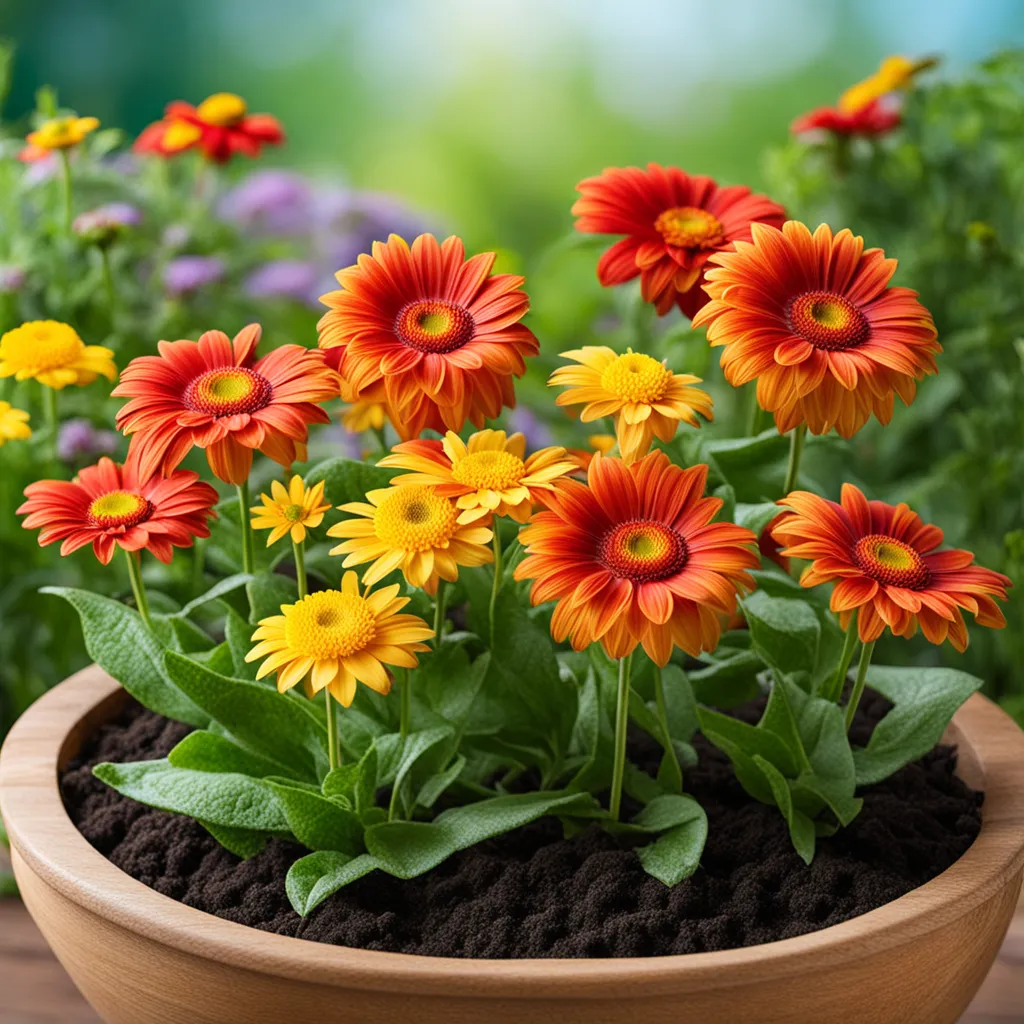How to Fertilize Flowers
How to Fertilize Flowers
Fertilizing flowers is a key aspect of gardening that helps in promoting healthy growth and vibrant blooms. The right fertilizer can provide essential nutrients and enhance the beauty of your garden. Here’s a guide to help you understand how to fertilize flowers effectively.

Understanding Flower Fertilization
Flowers need three primary nutrients: nitrogen (N), phosphorus (P), and potassium (K). The right balance of these nutrients is crucial for the healthy growth of flowers.
Steps to Fertilize Flowers
- Choose the Right Fertilizer: Select a fertilizer that is suitable for the type of flowers you are growing. A balanced, all-purpose fertilizer (like a 10-10-10 NPK ratio) is generally a good choice for most flowers.
- Read the Instructions: Fertilizer packages come with instructions and recommended amounts. Over-fertilizing can damage your plants, so it's important to follow these guidelines.
- Test Your Soil: Testing your soil can help you understand which nutrients are lacking and select the right fertilizer.
- Timing: The best time to fertilize flowers is during their growing season, typically in the spring and summer.
- Application Method:
- Granular Fertilizers: Apply granular fertilizers around the base of the plant and gently mix them into the soil. Water the area after application to help the fertilizer soak into the soil.
- Liquid Fertilizers: Mix liquid fertilizers with water as per instructions and apply them to the soil around the plants.
- Frequency: Fertilize every 4-6 weeks during the growing season, adjusting based on the type of fertilizer and the specific needs of your flowers.
FAQs About Fertilizing Flowers
Question: How do I know if my flowers need fertilizer?
Answer: Signs that your flowers may need fertilizing include slow growth, pale or yellowing leaves, and a lack of blooms.
Question: Can I use the same fertilizer for all my flowers?
Answer: While a general all-purpose fertilizer works for most flowers, some specific varieties may require specialized fertilizers. It’s best to research the specific needs of each flower type.
Question: Is it possible to over-fertilize flowers?
Answer: Yes, over-fertilizing can lead to fertilizer burn, which damages the plant roots and leaves. Always adhere to the recommended dosage.
Question: Should I fertilize flowers when planting?
Answer: You can add a slow-release fertilizer to the soil when planting. However, avoid high-nitrogen fertilizers at planting time as they can impede root development.

Conclusion
Fertilizing flowers is an important part of gardening that nourishes plants, encouraging them to grow healthier and bloom more abundantly. By choosing the right fertilizer, understanding the nutrient requirements of your flowers, and applying fertilizer correctly, you can ensure that your garden stays vibrant and flourishing. Regularly monitoring your plants and adjusting your fertilization practices as needed can lead to a beautiful and rewarding flower garden.<